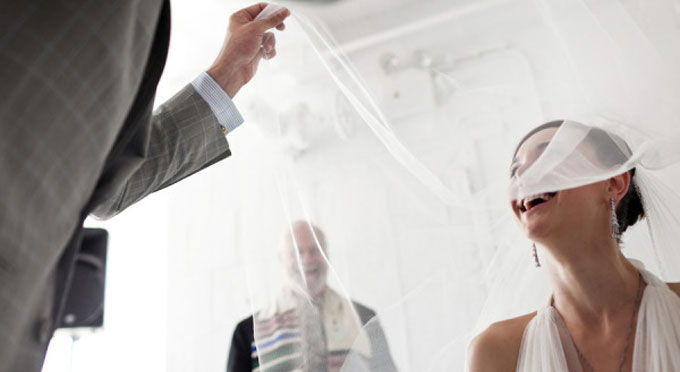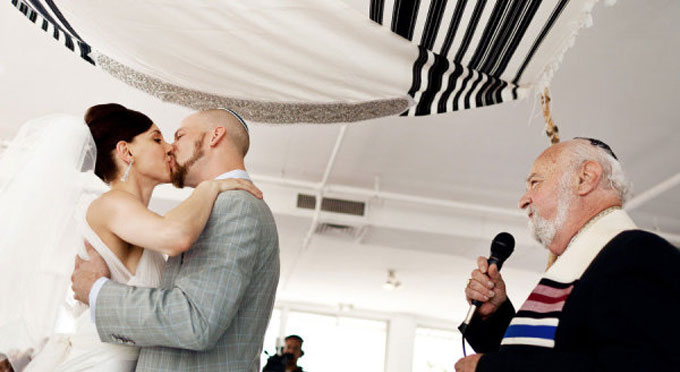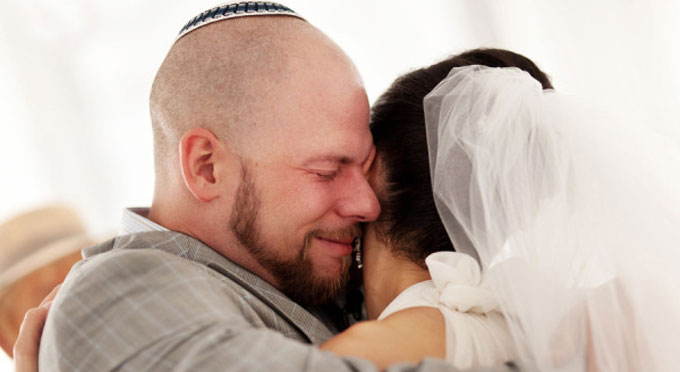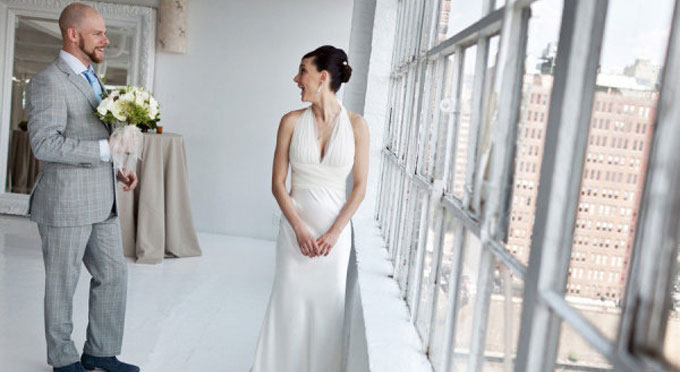Poets and playwrights have been expressing devotion to their beloved and declaring their intentions for centuries using lyrical verse. In Judaism, a contractual agreement called a Ketubah is signed by the husband and wife, outlining the rights and responsibilities of the groom to the bride. Less romantically, provincial or state marriage licenses are legal documents that mark the union between two people. Whether a document is artistic, religious, or legal – marriage contracts are agreements between two people that cements their union to one another.
With civil unions and partnerships on the rise, more and more couples are drafting their own marriage contracts called “mutual love agreements” or “love contracts”. These documents are symbolic agreements between two people that outline the commitment they have for one another outside of a government or religious body. These documents can be used as a non-legal alternative to a prenuptial agreement; they can also be used in conjunction with a marriage certificate or put into place after a couple has been married for a number of years.
Drafting a mutual love agreement or love contract is a symbolic way for a couple to illustrate what they both anticipate, and what they expect to experience in their union. They may use simple or very specific guidelines, with as many categories as each couple sees fit, for example: daily kind gestures, celebrations of holidays and anniversaries, the number of children to be had, and how they wish to growing old with one another. Both parties are able to express and negotiate their personal needs and have it recognized by the other in a beautiful and symbolically binding document.
 Rev. Laurier Sue Brockway, author and officiant, suggests a few different ways to create your own mutual love agreement:
Rev. Laurier Sue Brockway, author and officiant, suggests a few different ways to create your own mutual love agreement:
- Create a Mission Statement for Your Marriage. “Our union gives us strength, power, and fortitude to deal with all of life’s ups and downs, and it empowers us to contribute to others and to the world. We are best friends, confidantes, and partners, and we have many close relationships with people we consider “spiritual family.” We are a couple who inspire others with our live and who model what it is to be in a great relationship.”
- Craft a Wedding Scroll. Together, make a list of your intentions, aspirations, goals, hopes, and dreams for your wedded life. Write neatly or type it. It can be on pretty parchment-like paper, or any attractive paper. Consider having it written in calligraphy and framed, or simply roll it up and tie it with a gold ribbon. No one need see it but you two. Take it to your ceremony and keep it at the altar so it will be blessed by the expressions of love and commitment shared at your ceremony, and energized by the vows you exchange.
- Select a Favorite Poem or Reading. You can also select something written by another to represent your thoughts, feelings and intentions for your relationship– a poem, wedding reading, prayer, song or passage from a favorite book. Even a greeting card will do. One couple found a unique sentiment on a card, signed it, and hung it their living room.
A mutual love agreement or love contract, help couples celebrate the emotional and spiritual bond of their union. They can provide boosts to new marriages, help resolve conflicts, and clarify relationship obligations. Like any piece of art, couples are encouraged to display their agreements proudly in their homes and read them daily, with gratitude.
Happy Planning!
Photos courtesy of STAK Photography, “Claudia & Felix”, New York City, New York.








No Comments